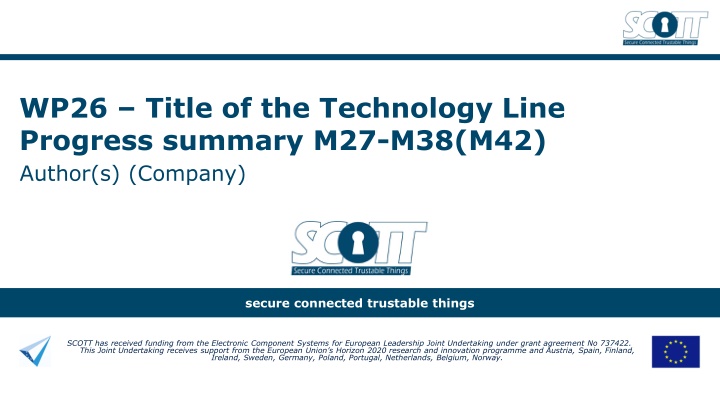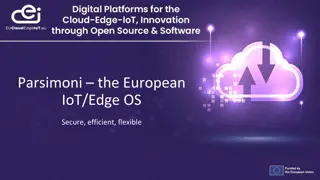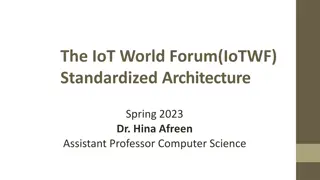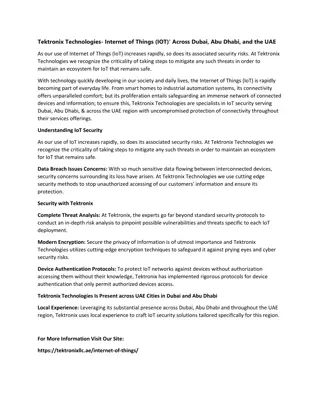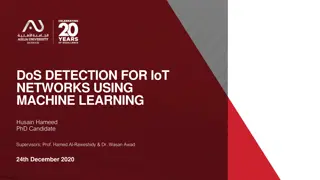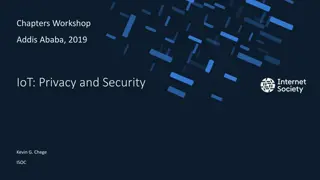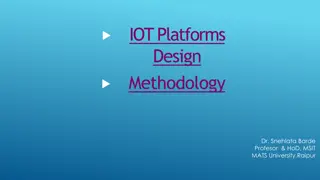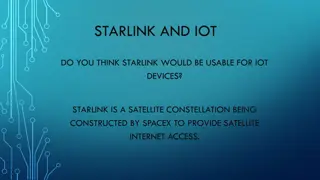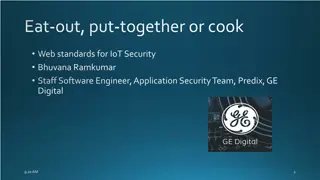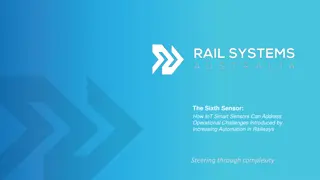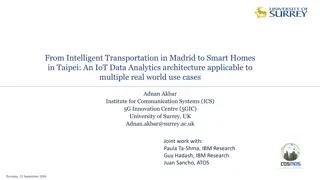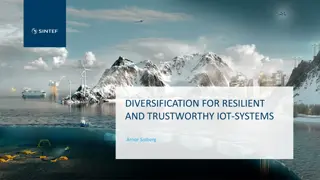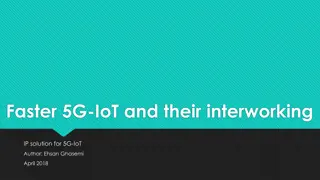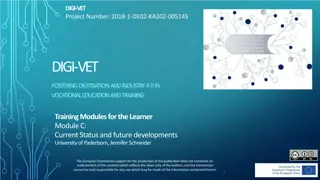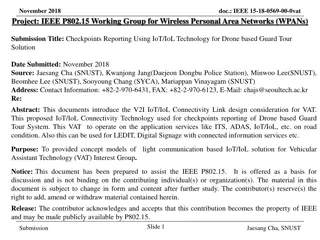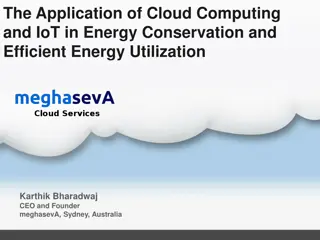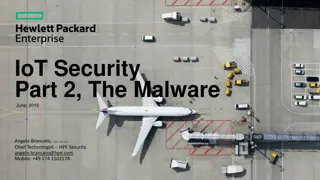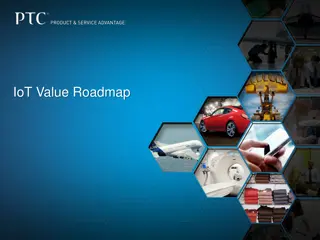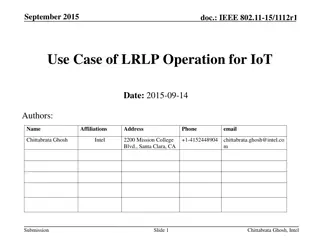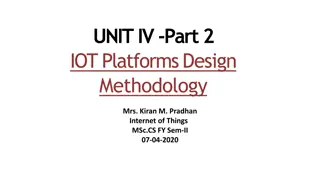Advancements in Secure IoT Systems Development
SCOTT project receives funding for developing trustable IoT systems. Achievements include Semantic Attribute-Based Access Control, security classification goals, and privacy labeling initiatives. Tools and methodologies have been created to enhance security and privacy in IoT systems.
Download Presentation

Please find below an Image/Link to download the presentation.
The content on the website is provided AS IS for your information and personal use only. It may not be sold, licensed, or shared on other websites without obtaining consent from the author.If you encounter any issues during the download, it is possible that the publisher has removed the file from their server.
You are allowed to download the files provided on this website for personal or commercial use, subject to the condition that they are used lawfully. All files are the property of their respective owners.
The content on the website is provided AS IS for your information and personal use only. It may not be sold, licensed, or shared on other websites without obtaining consent from the author.
E N D
Presentation Transcript
WP26 Title of the Technology Line Progress summary M27-M38(M42) Author(s) (Company) secure connected trustable things SCOTT has received funding from the Electronic Component Systems for European Leadership Joint Undertaking under grant agreement No 737422. This Joint Undertaking receives support from the European Union s Horizon 2020 research and innovation programme and Austria, Spain, Finland, Ireland, Sweden, Germany, Poland, Portugal, Netherlands, Belgium, Norway.
Achievements and Main Results of M27-M38(M42): BB 24.I Semantic Attribute-Based Access Control (SABAC) Objective: Combine ABAC and Semantic Technologies into SABAC and remain backward compatible with the XACML standard architecture proposed by NIST and widely used in, e.g., healthcare. Use Cases supported: SABAC was employed in WP21 and WP9 Achievements and main results Deployed both ABAC and SABAC systems as a REST service in the Cloud infrastructure of the University of Oslo Provided two stand-alone demonstrators of the SABAC for WP21 and WP9 Major research endeavours: A Systematic Literature Review on the topic of Semantic Attribute-Based Access Control Attribute-Based Encryption With Enforceable Obligations together with Chalmers University (SE) A Policy Specification Language for SABAC (with Luxembourg U.) 2020-09-29/30 SCOTT Page 2
BB26.F: Security Classification Goals: Have a methodology for IoT system Developers and Designers to guide to secure their systems; (NOT necessarily for security experts) Have a simple tool to help Decision Makers when evaluating to purchase a system or component (NOT so heavy as certification or risk assessments) Have a security classification automated tool for integration in a DevSecOps environment (NOT so slow as penetration-testing, but dynamic & matching the SDLC - Long term goal) Achievement: a dedicated online tool has been created to support European companies, and particularly SMEs: https://sgscapp.azurewebsites.net/ It was applied in WP21 lead by Philips Research on Assisted Living and Community Care Systems WP9 lead by VEMCO on Secure Connected Facilities Management WP7 Lead by VTT on Air Quality Monitoring Teaching at University of Oslo: Course TEK5530 -- Measurable Security for the Internet of Things External SMEs IoT systems such as Navinord, Inero Software, ISS RFIS in Poland (They found the methodology usable and beneficial) 2020-09-29/30 SCOTT Page 3
BB26.G: Privacy Labelling Purpose: Make it easy for people to take well informed choices wrt. Privacy Privacy Labels Look like nutrition facts or energy consumption labels Promote 'Privacy as an added value/feature' allowing to differentiate from market competitors Are legally binding, tied to privacy agreements Use AI (Natural Language Processing) to automatically create the label from the agreement text Working with EuroPriSe (from Germany) to enhance GDPR certifications with measurable and usable privacy PrivacyLabels.org (from Netherlands) who provide to companies a web interface to create privacy labels through a self-evaluation process Stakeholders that we reached include Lay people, Law firms, Regulatory and Certification bodies, Businesses SCOTT Page 4
